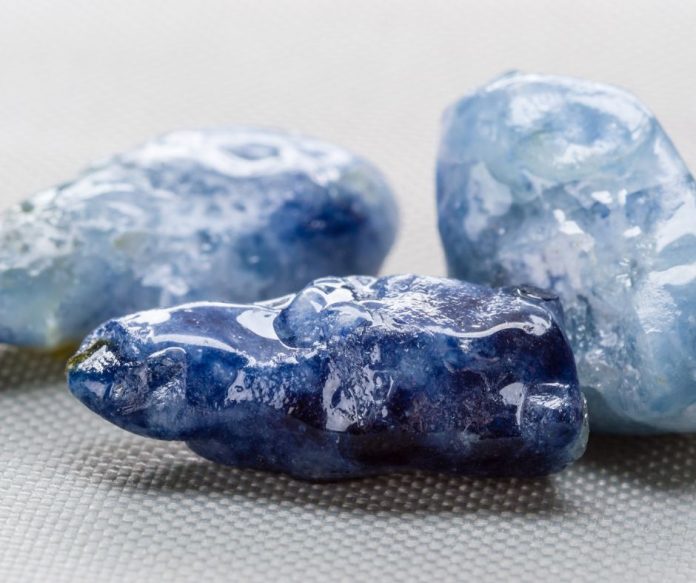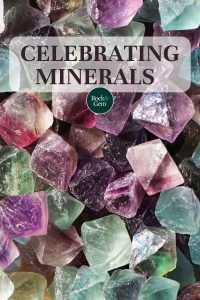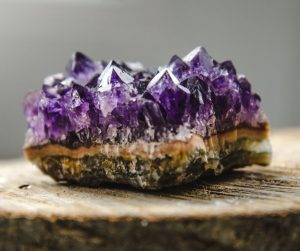
Minerals are identified by their structure which is made up of tiny particles called atoms. The way the atoms come together in each mineral is unique. This gives each mineral its own structure and characteristics that allow scientists to identify it. There are over 5,000 minerals on Earth.
What is the difference between a mineral and a rock? A rock is an aggregate or mix, of one or more minerals. Here are some fun facts about minerals to enjoy…

René Just Haüy
2022 was the bicentennial of the death of René Just Haüy (2/28/1743 – 6/3/1822). Not a name many of us know, but Haüy was a French mineralogist and is important because he is known as the Father of Modern Crystallography. He studied crystal structure, applied his theories to mineral classification and wrote several books including the Traité de Minéralogie.
To honor him and the importance of minerals in our world, the International Mineralogical Association named 2022 the Year of Mineralogy.
What are Mineralogy & Crystallography?
Mineralogy is the study of everything about minerals including their crystal structure, physical and chemical properties. Crystallography is the study of the structure and properties of crystals.
How Minerals Are Formed
Minerals are formed in four main ways:
• From Magma – Hot, molten lava cools and crystallizes to form minerals such as topaz.
• From Water – Chemicals in saturated water precipitate, or separate, into solids. An easy example is salt, halite, that’s left behind after ocean water evaporates.
• Alteration – As minerals react, slowly or quickly, with their environment they form different minerals. Cuprite forms when it’s exposed to oxygen.
• Metamorphism – Exposure to heat and pressure alters the chemistry of a mineral to become a different mineral such as rubies.
Glorious Gemstones
Gemstones used for jewelry can be considered at the top of the mineral world. They are rare, valuable, popular and prized for their mineral colors which can be quite vivid once they are cut and polished.

FYI – Not all gemstones come from minerals, for example, pearls and amber. Gems can be precious meaning they are the rarest and most valuable. There are only four precious gems; diamonds, rubies, emeralds and sapphires. Gems that are also popular for jewelry but not as rare are called semiprecious…think amethyst, agate and turquoise.
The rating of precious or semiprecious was made long ago. Today, some semiprecious stones can be worth more than precious stones. Also, it doesn’t take into account scientific classifications of minerals. For example, emeralds are a type of beryl. Aquamarines are also a type of beryl.
Fabulous Diamonds
The word diamond comes from the Greek word adamas which means “invincible.” That’s certainly an accurate description given that diamonds have a Mohs hardness of ten!
According to National Geographic Kids Weird but True Rocks & Minerals, “On Earth’s surface, diamonds are rare. But go down around 100 miles below the surface and it’s a different story. Some scientists have estimated there may be more than a quadrillion tons of diamonds locked in rocks in Earth’s interior.”
This story about celebrating minerals appeared in Rock & Gem magazine. Click here to subscribe. Story by Pam Freeman.














